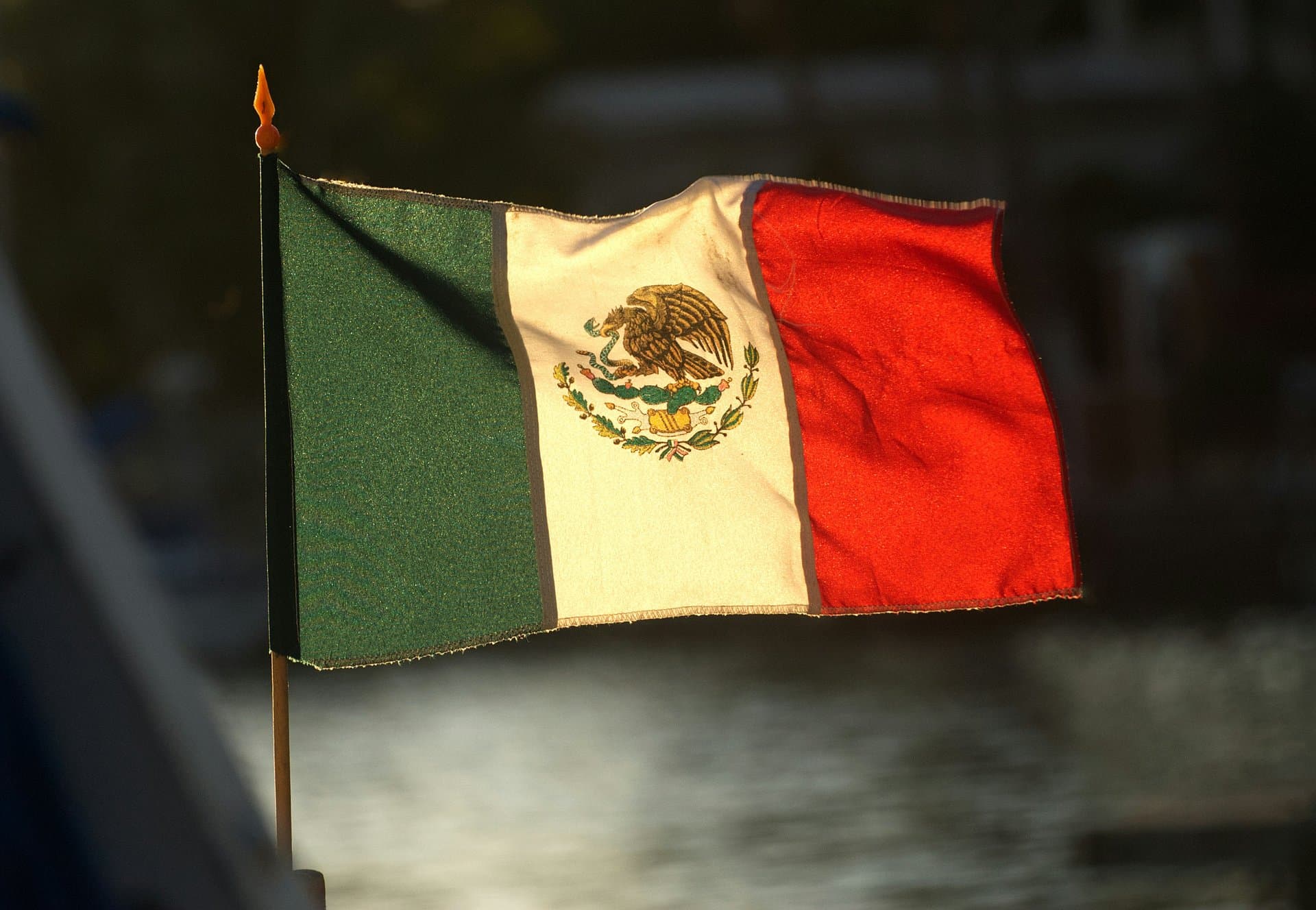Mexico’s $540M Industrial Hub: Unlocking Strategic Investment Growth
Discover how Mexico’s $540 million industrial hub in Tlaxcala is reshaping investment landscapes, driving job creation, and fostering inclusive economic growth through the innovative Well-Being Economic Development Hub initiative.

Key Takeaways
- Mexico’s $540M hub in Tlaxcala leads 15 regional development centers
- Hub aims to generate 5,000–6,000 jobs and boost domestic production
- Foreign and domestic firms like Knipping Automotive back the initiative
- Plan México targets $277B investment and 300,000 jobs by 2030
- Nearshoring trends and protective policies support Mexico’s industrial growth

Imagine a place where industry meets community welfare—a $540 million industrial hub rising in Huamantla, Tlaxcala, designed not just to churn out products but to build thriving neighborhoods. This is Mexico’s bold step under President Claudia Sheinbaum’s Plan México, aiming to attract massive domestic and foreign investments while creating thousands of jobs.
The hub is the first of 15 planned Well-Being Economic Development Hubs, blending manufacturing with housing, education, and healthcare. With early investors from Mexico, Germany, and the U.S., the project signals a new era of strategic growth.
In this article, we’ll unpack how this industrial hub is reshaping Mexico’s economic landscape, bust myths about industrial growth, and reveal why this initiative matters for investors and communities alike.
Launching Mexico’s Industrial Hub
The unveiling of the $540 million industrial hub in Huamantla, Tlaxcala, marks a pivotal moment in Mexico’s economic journey. Located about 116 miles east of Mexico City, this 131-acre site is the first of 15 Well-Being Economic Development Hubs planned nationwide. It’s not just about factories; it’s about creating vibrant communities with access to housing, education, and healthcare.
Economy Secretary Marcelo Ebrard highlighted that construction will finish by February 2026, with 80% of the space already committed to companies from Mexico, Germany, and North America. This early commitment signals strong confidence in the project’s potential.
President Claudia Sheinbaum’s Plan México aims to attract $277 billion in combined domestic and foreign investment by 2030. The hub is a cornerstone of this strategy, focusing on producing for both exports and the domestic market. It’s a fresh take on industrial growth—one that refuses to sacrifice social welfare for economic gains.
Driving Job Creation and Investment
One of the hub’s most tangible promises is job creation. Estimates point to 5,000 to 6,000 new jobs, a significant boost for Tlaxcala’s local economy. This isn’t just about numbers; it’s about livelihoods, families gaining stability, and communities thriving.
Early investors like Knipping Automotive, a German auto parts maker, have already opened a $19 million plant in Huamantla, employing 150 people. This is their third facility in the area, underscoring the region’s growing industrial appeal. Mexican and U.S. firms such as Comercializadora Ragón and Integrated Services and Senior Management Administration also back the project, blending local and international expertise.
This mix of investors reflects a broader trend: Mexico attracted $3.15 billion in new foreign direct investment in Q2 2025 alone, a 246% increase from the previous year. Manufacturing leads the way, accounting for 36% of total FDI inflows, reinforcing the hub’s strategic importance.
Integrating Policy and Protection
The hub’s launch coincides with policy moves designed to nurture domestic industry. For instance, Mexico temporarily suspended finished footwear imports to shield local manufacturers—a move that echoes the hub’s goal of strengthening homegrown production.
Legal frameworks are also evolving to support these development centers, providing clarity and regulatory backing for investors. This isn’t just a construction project; it’s a carefully orchestrated policy symphony aimed at sustainable growth.
Such measures challenge the myth that protectionism stifles growth. Instead, Mexico’s approach blends openness with strategic safeguards, ensuring domestic industries can flourish alongside foreign investment.
Harnessing Nearshoring Trends
Global supply chain disruptions have pushed manufacturers to rethink their strategies, and Mexico is seizing this moment. Nearshoring—the practice of relocating production closer to key markets—is turning Mexico into a magnet for investment, especially from North America.
With the U.S. accounting for 42.9% of Mexico’s FDI inflows in the first half of 2025, the hub taps into this momentum. Its central location and integrated services make it an ideal spot for companies seeking efficiency and resilience.
This trend debunks the myth that globalization means endless offshoring. Instead, it highlights a smarter, regionalized approach to manufacturing—one that Mexico is positioning itself to lead.
Building Inclusive Economic Futures
What sets the Tlaxcala hub apart is its holistic vision. It’s not just about factories and profits; it’s about well-being. By integrating housing, education, healthcare, and public transport, the project aims to uplift entire communities.
This approach counters the old narrative that industrial growth leaves social needs behind. Instead, it weaves economic opportunity with quality of life, creating a blueprint for sustainable development.
As the first of 15 hubs, it’s a test case for how Mexico can reduce regional disparities and foster shared prosperity. The promise is clear: a future where economic growth and social uplift walk hand in hand.
Long Story Short
Mexico’s $540 million industrial hub in Tlaxcala is more than a construction project—it’s a blueprint for inclusive economic transformation. By weaving together industrial investment with social infrastructure, it challenges the myth that growth must come at the expense of community well-being. As the first of 15 hubs, it sets a high bar for job creation, domestic market strengthening, and resilience amid global supply chain shifts. Investors and policymakers alike can learn from this integrated approach that balances profit with people. For anyone watching Mexico’s economic rise, this hub is a beacon of how strategic planning and diverse investment can unlock shared prosperity. The relief of stable jobs, the buzz of new factories, and the promise of thriving neighborhoods all converge here—proof that smart investment can build more than just factories; it can build futures.